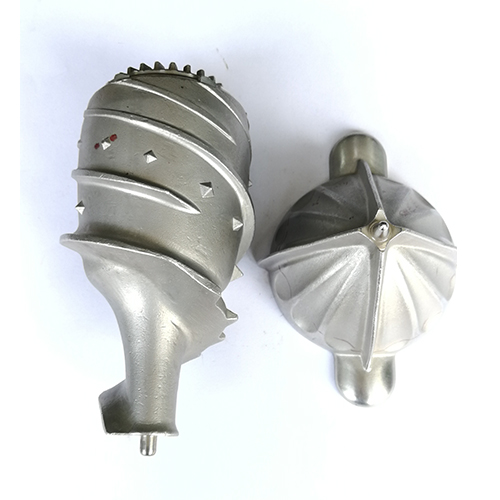Why do pores appear in stainless steel castings?
Stainless steel castings are a general term for steel castings made of various stainless steel materials. Stainless steel often has pore problems during the casting process, which brings trouble to casting processing. Next, we will introduce in detail why pores appear in stainless steel castings.
1. The stainless steel casting coating has poor air permeability or insufficient negative pressure, and the sand filling has poor air permeability. The gas and residue in the mold cavity cannot be discharged in time, and pores are formed under the charging pressure.
2. The gasification and decomposition of the foam model in stainless steel casting cannot discharge a large amount of gas and residue in time. The dry sand filled in the coating is poorly dried and the main reason for the formation of pores is the high temperature of the liquid alloy.
3. The connection between the sprue cup, the sprue and the sprue system is not well sealed, especially the connection between the sprue and the sprue cup. Under the action of negative pressure, stainless steel castings are prone to sand and pores. This This phenomenon can be calculated and explained using Bernoulli's equation.
4. The molding sand grains are too fine, the dust content is high, and the air permeability is poor. The internal blockage of the negative pressure pipe causes negative pressure distortion, making the negative pressure value around the mold cavity much lower than the indicated negative pressure. The vaporized matter cannot be discharged from the coating in time, resulting in the formation of stainless steel castings. Stomata or wrinkles.
5. The pouring speed of stainless steel castings is too slow to fill the sprue cup, exposing the sprue, being involved in the air, sucking in slag, and forming pores and slag holes in stainless steel castings.


